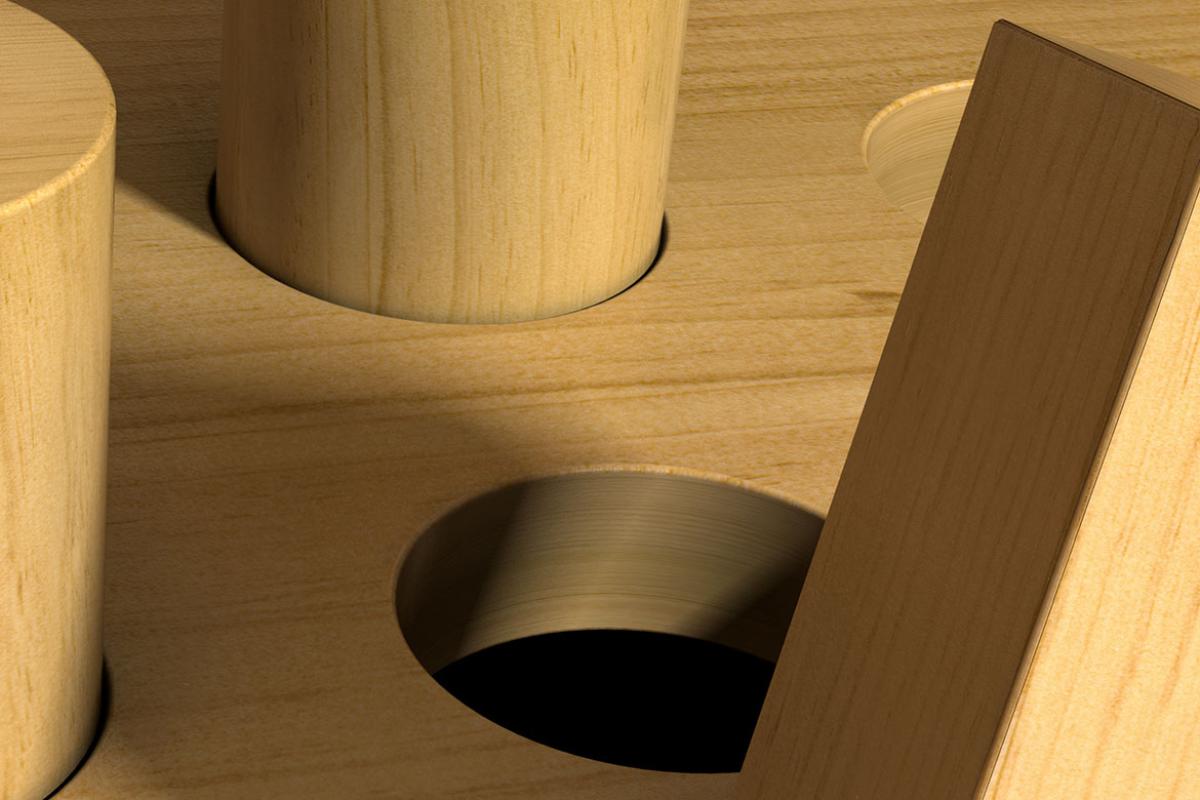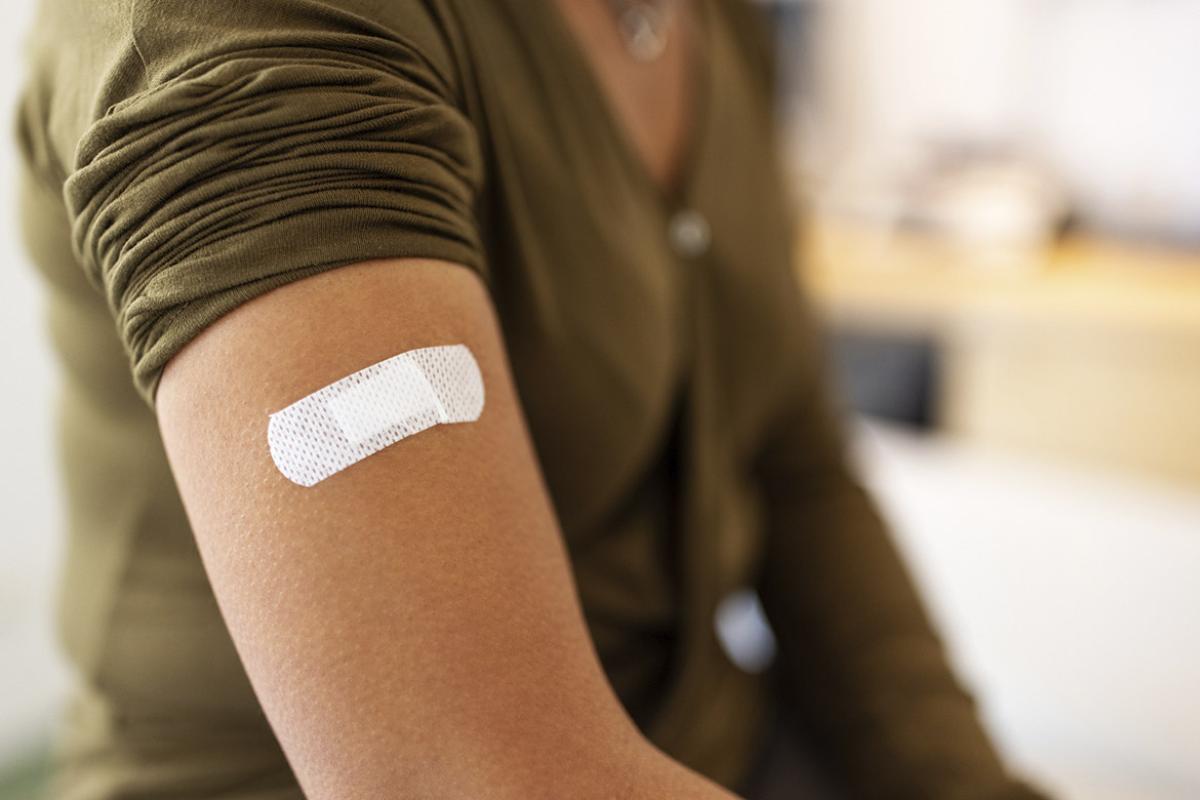After physician residency applicants submit and certify their rank order list, there isn’t much else left to do but wait on Match Day.
In a few weeks—as was the case in 2024—the overwhelming majority of senior applicants from U.S. allopathic and osteopathic medical schools will find a training position through the National Resident Matching Program (NRMP) Main Residency Match.
But how does the system decide? It all comes down to a Nobel Prize-winning algorithm—one that’s built to put applicants’ preferences first. As Match Day approaches, here’s a few things applicants should know about the NRMP matching algorithm.
Applicants first
When the NRMP algorithm begins processing rank order lists, it starts with an applicant’s rank order list rather than a program’s. If the applicant can’t be matched to their most preferred program, the algorithm moves to their second-choice program, repeating the process until the applicant obtains a tentative match or all of their choices have been exhausted (meaning the applicant cannot be tentatively matched to any program on the rank order list).
“A lot of applicants may think that if they rank a less preferred program higher on their rank order list— because that program may rank them highly—it will give them an increased chance of matching,” said Jeanette Calli, the NRMP’s chief of Match operations. “The truth is, doing so does not change your chance of matching overall. It may increase the chance you will match to a program higher on your list, but to a less preferred program.”
The AMA helps medical students master the residency-application process so you can make the right decisions about your career, prepare for a knockout interview, explore residency opportunities—all so you can successfully match.
It generally works out
When the algorithm begins processing applicant rank order lists, it creates “tentative” matches for applicants. Tentative matches don’t necessarily stick, however. An applicant may have been tentatively matched to a program high on their list. However, as the algorithm moves through all other applicants’ lists, an applicant tentatively matched to a program may be displaced for another applicant who also prefers the program and is more preferred by that program. When that happens, the algorithm returns to the rank order list of the displaced applicant and attempts to place the applicant in another preferred program on the rank list
Still, the fact that applicant’s preferences come first tends to offer favorable matches—historically, the majority of matched applicants end up at one of their top three ranked choices. In 2024, for instance, 73.6% of matched MD seniors and 73.5% of matched DO seniors matched to one of their top-three ranked programs.
While not matching is uncommon, it can happen. Typically around 5-7% of U.S. seniors don’t match when the algorithm is processed. In 2024, the number was 6% for seniors of U.S. MD-granting schools, and 7% for seniors of DO-granting schools.
During Match Week, unmatched applicants and unfilled programs will work with one another through the National Resident Matching Program’s Supplemental Offer and Acceptance Program (SOAP) to fill remaining unfilled positions. Four rounds of SOAP are planned for 2025. In 2025, SOAP runs March 17–20.
Dive deeper:
- What I wish I knew in medical school about Match rank-order lists
- Want to switch residency programs? 5 things you should know
- Which factors do applicants weigh most when picking residency programs?
- Waiting on Match Day? Ease your mind with this expert advice
Couples coming out ahead
The NRMP’s Couples Match algorithm also puts applicants’ preferences first.
The algorithm treats each pair of applicants matching as a couple as a single unit—not individually—and attempts to match them to the most preferred pair of programs on their rank order lists where each partner can match. If the algorithm can’t match both partners at a given pair of ranks on their lists, it will keep moving down the list until it can match both partners at a rank or it runs out of paired ranks.
“The number of couples in the Match continues to grow, and they tend to be very successful, with match rates for couples between 93% and 95% for the past five years,” Calli said.




